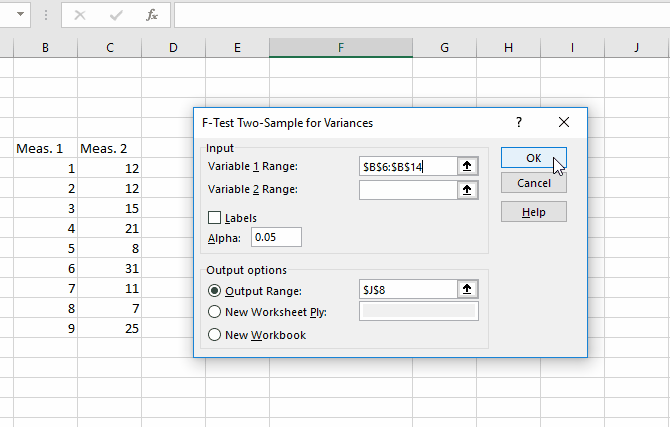

Again, that's out of the scope of our dual-channel / single-channel article.

The short of it is that higher channel configurations (like with IB-E) give you the opportunity to go to higher densities, like 64 gigabits, which has a pretty large impact on performance potential. Things get a little different once you enter quad-channels from a density perspective, but we won't get into that here. It is up to the motherboard and supporting platform to offer multiple channels. Memory channeling exists at the platform level, so a dual-channel chipset or IMC (Integrated Memory Controller, as in modern CPUs) may exist, but the memory itself does not have a special bit or chip that controls this. Addressing Terminology: There Is No Such Thing as "Dual-Channel RAM"įirst of all, there's no such thing as "dual-channel memory." I want to get that cleared-up early. The RAM featured is Kingston's HyperX 10th Anniversary RAM, which is a special version of their normal HyperX memory. The above is the video component, wherein we show off our After Effects RAM preview FPS when dual-channel is used, along with most the other tests. I've seen a lot of forums touting (without supporting data) that dual-channel is somehow completely useless, and to the same tune, we've seen similar counter-arguments that buying anything less than 2 sticks of RAM is foolish. The aim is to debunk or confirm a few myths about computer memory. single-channel platform performance for Adobe Premiere, gaming, video encoding, transcoding, number crunching, and daily use. In this benchmark, we'll look at dual-channel vs. I never got to definitively prove where / if dual-channel would be sorely missed, though I did hypothesize that it'd be in video encoding and rendering. The MSI reps noted that "in testing, there was almost no difference between dual-channel performance and normal performance." I tested this upon return home (results published in that MSI link) and found that, from a very quick test, they looked to be right. I questioned this choice since, surely, it made more sense to use 2x4GB rather than 1x8GB from a performance standpoint. When we visited MSI in California during our 2013 visit (when we also showed how RAM is made), they showed us several high-end laptops that all featured a single stick of memory.

These rules make sense, especially to those of us who've been building systems for a decade or more: Mixing kits was a surefire way to encounter stability or compatibility issues in the past (and is still questionable - I don't recommend it), and as for dual-channel, no one wanted to cut their speeds in half. Still, a few guidelines exist like not mixing-and-matching kits and purchasing strictly in pairs of two where dual-channel is applicable. Capacity and frequency steal the show, but beyond that, it's largely treated as a check-the-reviews component. Memory has a tendency to get largely overlooked when building a new system.


 0 kommentar(er)
0 kommentar(er)
